
23 minute read
The Ends of the Earth Challenge

The concept
Advertisement
In November 2020, the Ocean Sailing Club yacht will leave New Zealand in an attempt to be the first yacht ever to sail to the world’s most extreme cities in consecutive mid summers. As far as we are aware, no one has ever done this.
From Ushuaia, the world’s most southerly city, Cape Horn, in December 2020 to Hammerfest, 200 miles into the Arctic Circle above Norway, by June 2021. A total of 20,000 miles and divided into nine legs.
A non-profit organisation, the Ocean Sailing Club’s ambition is to let as many people as possible share in this unique challenge.
Research
By following the routes of the great whales as they migrate from Antarctica to the Arctic, the club also offers the yacht as a platform for ocean/climate research, and to call for immediate action on climate change.
As well as the crew positions, there are three scholarship places (one per expedition leg) researchers, film makers, or activists concerned about climate change and our oceans.
Crewing

(skipper, researcher, and four crew). Committed to equal opportunities for men and for women, we are looking for six women and six men, two each for the expedition legs. There are hundreds of books recording men’s expeditions into the unknown. But to presume that bravery and daring are specifically male preserves would be wrong. Women are heroes too, and always have been –though too often unsung heroes. In exploration look up Jo Peary, the first white woman to travel into the high Arctic or Marie Herbert who lived with Inuit in the Arctic with her daughter Kari Herbert. In sailing, the examples are innumerable from solo sailors Laura Dekker and Isabelle Autissier to skippers like Tracey Edwards and Nicola Henderson. The list is long and all these women have the qualities we are looking for –tenacity, empathy, bravery, and judgement. We would like to hear from you if you have those qualities
“Expedition” level legs
Cape Horn Expedition from New Zealand to Ushuaia (4 weeks).
The Shackleton Memorial Expedition from Ushuaia to South Georgia and on to Brazil (6 weeks).
The Norse Saga Expedition, from Dublin to Arctic Hammerfest via the Faroe Islands.
The ‘Carnival Cruise’ from Salvador (Brazil) to Trinidad.
The ‘Tick off the Atlantic Cruise’ from Bermuda to Dublin via the Azores.
And three ‘Sunshine Sailing’ weeks in the Caribbean.
As a non-profit organisation, we are funding this Challenge ourselves. The expected costs are around £75,000 to £100,000. There is a requested contribution from crew of about £72 per day on board, approximately £500 per week. There is also a Challenge joining fee of £350 enabling you to crew on two legs. We want as many people as possible to take part in the world’s first Ends of the Earth Challenge and share in making history as the first yacht to sail between the world’s most extreme cities between consecutive summer solstices.
More information:
http://www.theoceansailingclub.org/index.php? page=25,
Contact Peter Edington +61 405 430 525. (Challenge Leader)
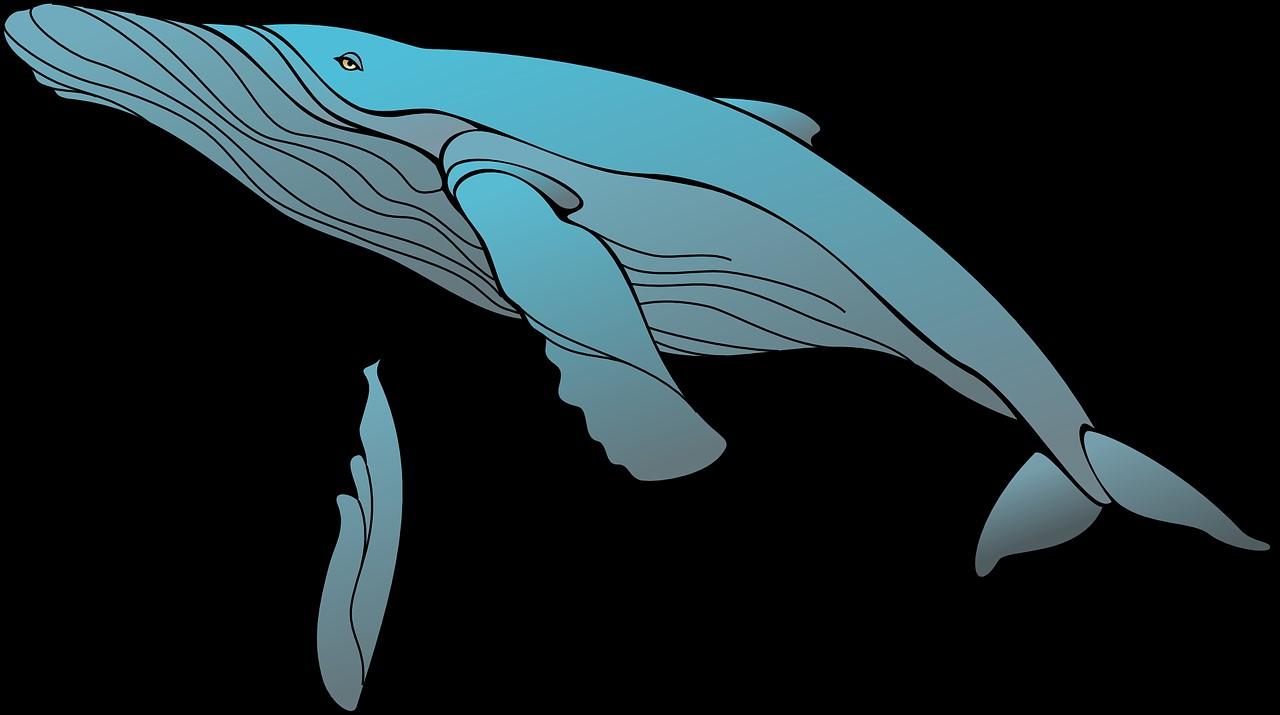

EziYacht Series –Part 4




Faraway in the Greek Islands
SONIA ROBINSON

In this episode of ‘Buying and Selling Boats Made Easy’ you’ll need your passport because we’re sailing the Mediterranean archipelago of Greece. We join Jenny GordonJones of Women Who Sail Australia on board Faraway II, her beloved Bavaria 46-foot cruiser. Jenny has successfully cruised the Med for over a decade living an eternal summer.
Jenny has accomplished her dreams and overcome the fear that hinders many from taking the step into the relative unknown.
We’ll look at the ins and outs of boat ownership abroad as Jenny shares more than a decade of experience sailing these waters and outlines just how easy it is to manage your own boat in the Med. We’ll also look at the steps involved in preparing your yacht for ‘wintering’ on the islands and the various tasks that need to be done to ensure your holiday afloat is uninterrupted bliss.
Turn off the TV, pour a drink, and let yourself be swept off to the faraway essence of the Med, and the never ending luminescent blue of the Greek Islands...
Another balmy evening sets in at anchor as the calm waters of a Mediterranean summer’s eve lap against Faraway’s hull. In the distance, ashore, glimmering lights flicker from candlelit tavernas busy with chatty tourists relishing local Greek cuisine as they sip their retsina and order more taramasalata. Deep below her keel, little fish dart this way and that, enjoying their own clear water heaven. captain has dressed for a casual supper ashore. Jenny has been the skipper of her ship for some years now and knows all the best spots to eat out on the islands. As she sips her gin and looks out over the bay, she smiles with quiet satisfaction.
She is in love with this life. This island paradise, once a dream, has become as familiar as her own backyard in Queensland. She’s a sailor, a captain, a voyager, a traveller,
But how did she get here? How did she accomplish so much? Jenny admits she would never have made it here if it wasn’t for her first experience sailing all those years ago. What seemed like a dream back then had now become her reality.
When I asked Jenny what had made her decide to buy a yacht on the other side of the world, her response was an elated orchestra from a women in love with this island paradise.
Jenny: “The haunting azure blue of the Mediterranean never fails to touch my heart and excite me! It was amazing really, I found myself cruising in Turkey on a Buizen 48! Oh, I couldn’t believe the colours, the blueness, the wonderful food and the sailing... I mean the Med –it’s just so easy...”
Indeed, listening to Jenny stirred my own precious memories of sailing in Greece as island names and colours came flooding back to me. I too was lured by the clear blue waters, the endless islands to explore,

swimming in the calm dawn waters of a land steeped in archaeological myths and legends. Welcome to the Greek Islands.

Every day dawns with a new destination to discover –always within a few hours sailing –to be met with a secluded bay, or the charm of a small port or fishing village where locals are ready to welcome a yacht upon arrival. The smell of fresh bread in the mornings, the sound of distant church bells on the hillside as goats scatter, the colourful little fishing boats tied up at the jetty full of charm and character while stray cats wander the docks hoping for fisherman’s snack. How could one not fall in love? And how could one not dream of sailing here –if only one could...?
Jenny hadn’t grown up around boats –she was the daughter of a sheep farmer from New Zealand and spent many years as a landlubber in Queensland before she decided to head off on an unknown crusade. Her friend owned a yacht and asked her to crew. That was the start of a 10-year love affair with the Mediterranean.
Jenny: “I loved it so much I stayed for six months!” During that time I started to believe that I could see a life for myself owning a boat in the Med. It all seemed so easy.”
following year and it was then that she began to realise that this dream could become her reality. When she returned to Australia she convinced her good friend John to come back with her the following season with the intention of buying a boat and spending the European summer cruising.
Sonia: “How did you end up with a Bavaria 46?”
Jenny: “Well I’d spent two seasons crewing on a Bavaria 44 and the skipper pushed the boat pretty hard. I saw how well it handled the strong winds of the Med, and how reliable it was. With all the lines controlled from the cockpit, it felt safe. So I decided I wanted a yacht with in-mast furling that would cruise between 7-8 knots comfortably under full main and half heady.”
Jenny explained that the older boats are so well built and not like today’s charter fleets. “The older style Bavarias are so strong and solid and very user friendly”, Jenny adds.
Having spent two seasons now crewing in the Med, Jenny had also come to the realisation that a 44 or a 46-footer was the perfect size for living aboard –especially if planning to stay over winter in the Med when it can get quite cold.
Jenny: “We were so cosy on board over winter because Faraway II has a diesel heater –and she can fit up to ten around the saloon table and sleep ten so we could still enjoy having guests on board.”
Sonia: “How long did it take to find the right yacht?”
Jenny: “We flew out from Australia to look at four yachts in Croatia. We ended up with our first choice. Faraway II had belonged to the owner of the charter fleet and she came with a lot of extras for cruising that the other boats didn’t offer - which for us was a huge advantage coming with only our bags from Australia. We met a few other couples on the plane also on their way to Croatia to buy yachts –we all ended up happy and have remained life-long cruising friends ever since.”
Sonia: “What makes you return year after
Faraway II.

Jenny: “When I first discovered the islands I couldn’t believe how simple life was there; how affordable, with very little bureaucracy, few rules and just a delight to explore. Sailing in Greece is so easy and so affordable that it brings us back year after year. Town quays are very cheap and sometimes free, it’s userfriendly, beautiful, everybody speaks English and the Greeks are so helpful.”
Sonia: “What are you fondest memories?”
Jenny: “Nothing beats sailing into the Santorini caldera in early morning mist and seeing the white shining cave houses unfold in the dewy hazy sun. It’s that unforgettable royal blue that you see in the popular pot plant holders we use to hold red geraniums and brightly petalled flowers.”
Sonia: “How easy is it to get around?”
Jenny: “The joy of sailing the Aegean is that each island is within one day sail or less from the next. In fact when you measure the distance from the most northern Greek island down through the Aegean to Cyprus, it’s the same distance as between Rockhampton and Brisbane (Queensland). It’s a very small area really and makes for wonderful sailing because you’ve always got a bolthole island or bay when those Meltemi winds start to blow.
“Often at times when under motor with no wind, we will stop the boat, throw out a floating safety line and jump overboard for a swim to cool off. You’re totally safe because there are very few big fish in the Mediterranean and definitely no sharks! You can swim without having any cares or concerns. The water is so cool and refreshing and in places incredibly deep but always that fascinating, g org eous, evocative Mediterranean blue.”

Faraway II.
quay which we can tie up to for 0-20 Euros per day, yes some are free, and if you are there by three in the afternoon you’ll always get a berth. You step off your yacht, walk across the road and into a taverna of your choice.”
“Supermarkets are nearby and every island is surrounded by stunning little bays where you can berth stern-to, close to the shore, with floating lines or safely anchor offshore and swing to the wind.”
Sonia: “How easy is it for an Australian or a New Zealander to cruise in Europe and what visas are required?”
Jenny: “If you have an Australian or New Zealand registered vessel you are required to sail out of European waters every 18 months. If you don’t hold a European passport you are required to check out after three months. You just need to sail out for a day and then you can come back again, so we would sail to Albania or Turkey –and they love it when you go for a visit there.”
Sonia: “How would a first-time Med cruiser plan their season?”
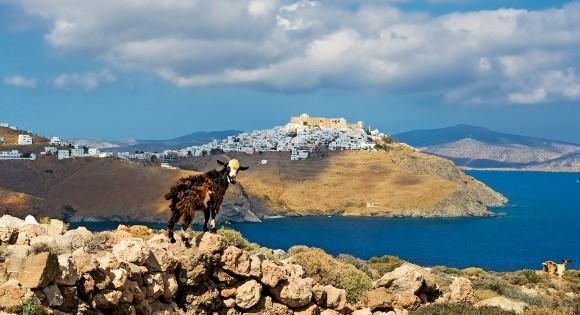
Astypalaia.
Know your budget and know what you’re looking for (in a boat). Choose your charter fleet well (we had a short list of about four yachts before we arrived.) Note: Boat share yachts are very basic and usually have less equipment on board.
Use the internet to find a good broker and a good surveyor –there are too many nightmare stories about brokers passing on ex-charter boats in poor working order. If buying from an excharter fleet, choose the company wisely.
Allow two to three weeks at the beginning of the season for anti-fouling and maintenance. Take the boat out for a test run and address anything that needs attention before you head off.
Maintenance is affordable and every island has a town quay. You don’t need to spend a lot of money. Most of the work is done through networking. Ask questions on the net and via the ‘Women Who Sail the Med’ forum.
Buy the pilot guides (Rod Heikell). There are hardstands everywhere and
For picking up and dropping off crew, most islands have airports and a good ferry service so chose somewhere that you can tie up stern-to for a couple of days.
Sonia: “What advice could you share on preparing to ‘winter’ the boat?”
At the end of the season, carry out an engine service and change the oil –plan to change it again at the beginning of the season.
For repairs and maintenance, charter fleets are wonderful for advising who to use/recommend. Also ask the locals and use online forums to seek more advice and recommendations.
Protect the mainsail if it’s in a furler –otherwise remove all the sails and all the running rigging (apart from the halyards). Cover as much of the boat as possible.
Hardstands are full of rats –so cats generally are kept to keep the population down!
Sonia: “Did you come up against many challenges?”
Jenny: “Well, I didn’t own a yacht until I was in my 50s. I was fit, healthy, and willing to learn but not as strong as a man. Of course, you need common sense and desire. In the early days as skipper, I always took a knowledgeable male who had mechanical and electrical experience.
Keep a list and stay on top of it! It’s absolutely vital to keep on top of maintenance each season or you’ll spend all the time in the marina fixing things when you should be out cruising.
was there. That’s changing with the new Etapai cruising tax, which is based on the boat length and the period of time you plan to stay in Greek waters. And Brexit may see new changes for visiting yachts as well.”
Sonia: “Which is your favourite island?”
Jenny: “I’m often asked which is my favourite island, such a tough question to answer as each one has its own rugged charm and special features. But one of my favourites is Astypalaia, which is shaped like a butterfly and provides safe anchorage from all wind directions. The heart of the island has the remnants of an old castle on a hill and the surrounding village, painted in the inevitable limestone white with blue doors, is picture perfect. You dine with the legs of your wooden table stuck in damp sand by the sea and wait for the cheap but generally good wine to arrive with home-made nibbles from the family kitchen.”

Jenny on Faraway II.
A final word from Jenny, “Skills come with experience so do as Socrates did and acknowledge that you know nothing!”
For anyone that has a dream and is inspired by Jenny’s’ story of adventure, bold passion and determination, you can make your dream a reality too.
Jenny has spent 12 seasons cruising the Med with friends and her boat partner John. Both have realised that it’s time to pass on their yacht to someone else now.
Having sailed extensively in the Med myself, Greece is definitely my favourite cruising ground. If you have the possibility to live the eternal summer, Faraway II is the key to achieving this dream.
Faraway II is listed on the Australian Ships Register and fully kit out for a season cruising aboard, or even a longer passage if you are keen to voyage further. Faraway II is currently dry docked in the Sporades Islands and has everything on board to make your cruising dreams a reality.
To find out more about the Bavaria 46 Faraway II and to view her online listing, go to www.eziyacht.com/yachtsforsale or contact Sonia Robinson on 0410 35 77 55
More in the EZIYACHT series ‘Buying and Selling Boats Made Easy’:


Part 1 –Tips on how to sell privately and preparing your yacht for market (Sistership June 2019).


Part 2 - Selling your boat the smart way and dealing with prospective buyers (Sistership Aug 2019).







Part 3 –‘The Customer Journey’ Getting it Right when buying a used boat without going over budget or stressing out (Sistership Oct 2019).




For more information on buying and selling please contact www.eziyacht.com
SONIA ROBINSON grew up sailing the Irish coastal waters and became comfortable at sea from a young age encouraged by her mother, a passionate sailor. From humble beginnings as a sailing instructor in the Mediterranean, she found her dream job racing classic yachts only to discover a life of adventure which took her across the Atlantic working aboard numerous ocean going yachts. She’s a qualified RYA Offshore Yachtmaster and Australian Sailing Senior Keelboat Instructor and has devoted a large part of her career in the development of sailing with Australian Sailing, RYA, YNZ and Fiji Yachting Association.

Having owned boats throughout her life, Sonia realised through her own experience that a good Broker is a rare find. She decided to set the world straight by turning to yacht broking in 2017. Sonia believes in excellent customer service combined with quality marketing and an honest approach and attitude to selling. Sonia’s goal for EziYacht is to become the number one cruising and classic Yacht Brokerage in Australia.
Sonia is happiest when sharing her passion for boating by helping to make it accessible and safe for everyone and she would love nothing more than to encourage more women to take the step towards boat ownership.
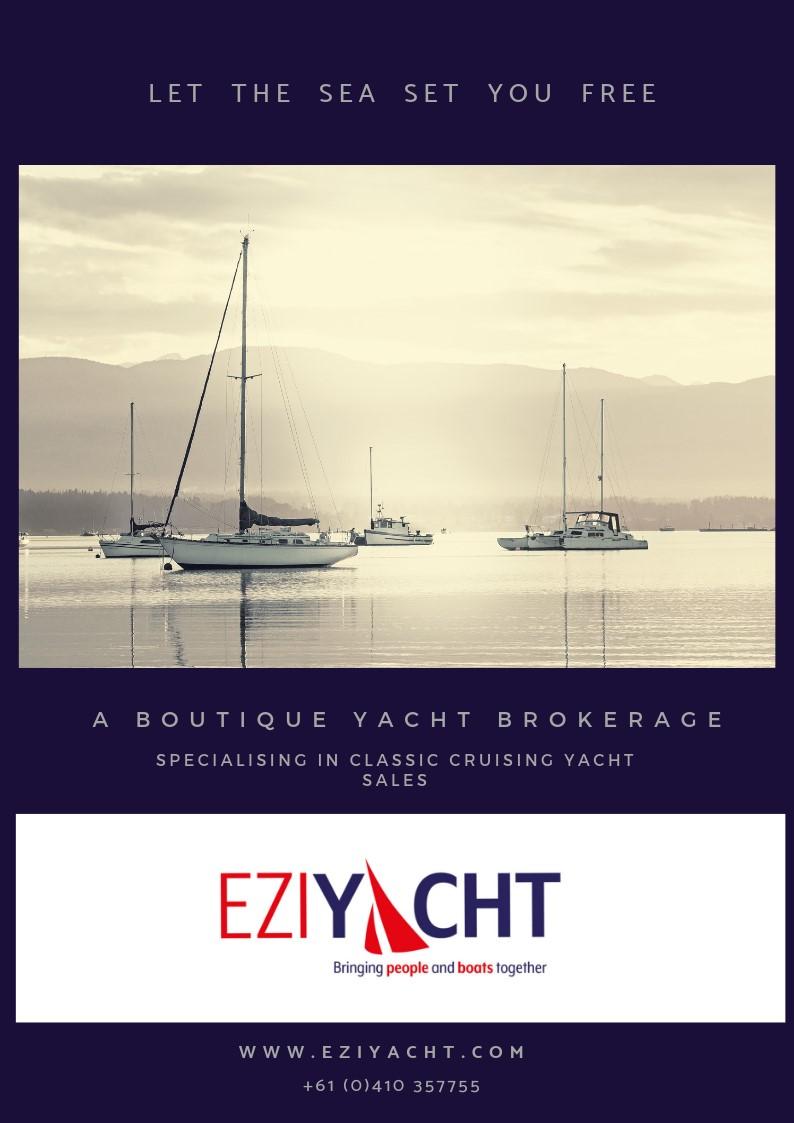
Barefoot Boating Blunderment
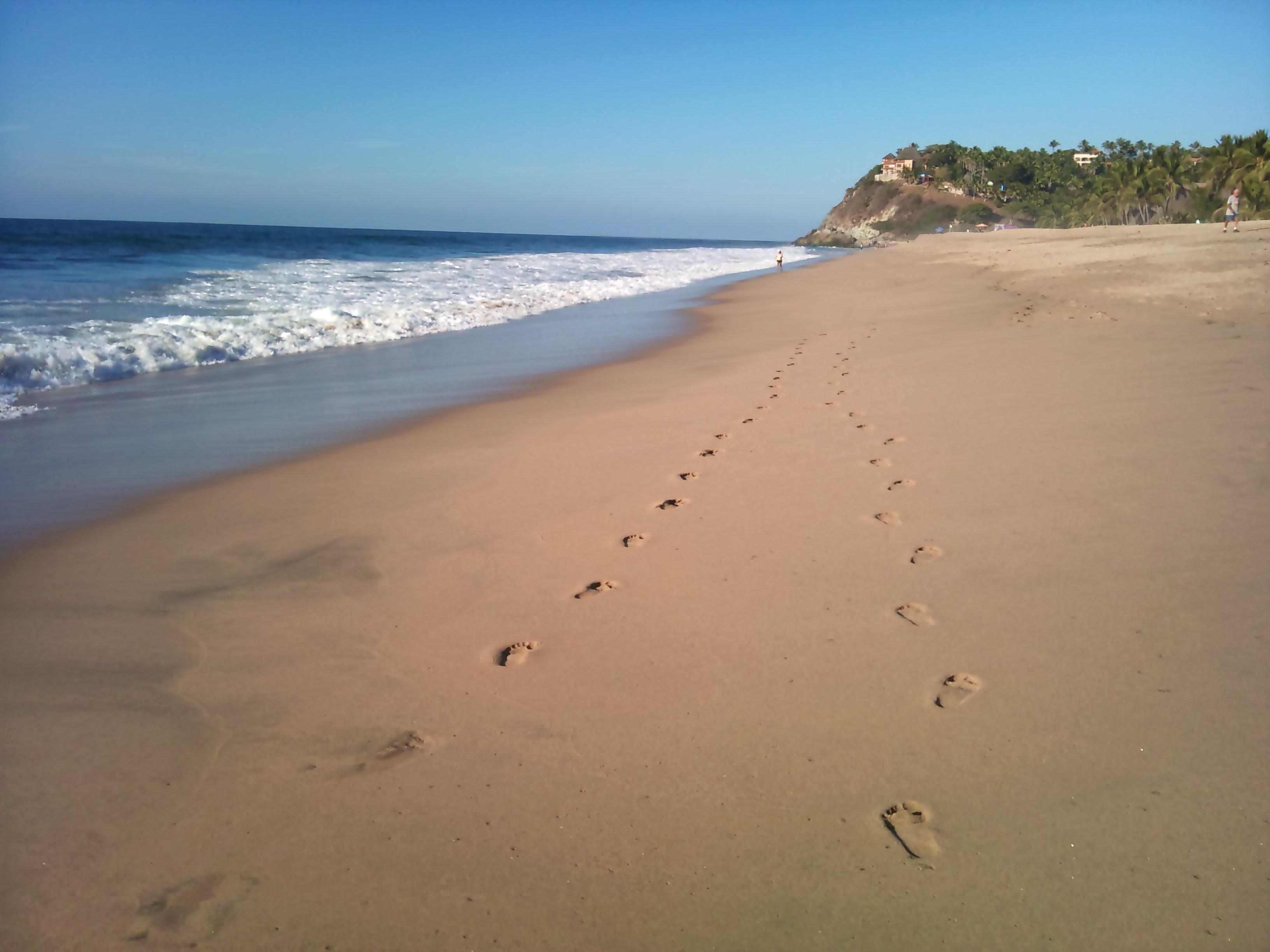



(BBB)

Jane and her husband Ivan try to follow the BBB principles on the sailing boat Chantey:
1. Go with open arms;
2. Walk barefoot and tread lightly on this earth;
3. Blundering or random wandering in the flow; and
4. Take only friendship, leave only delight.
#seatoo
The last three months have been a particularly difficult time to be on the boat, not because of the normal challenges like the weather, or the boat repairs, or the fellow crew. My perspective on these usual sailor’s preoccupations has shifted, as four months ago, just before we left the UK, I decided to report (for the second time) a #metoo experience that took place when I was a young adult.
To be honest it’s all felt a little surreal. One day I am climbing the mast to install a new fitting; the next I am being interviewed via
Jane Chevous

Skype by a specialist police officer. Each morning I check my emails to see if my case worker has sent any updates, before scrubbing the bilge or catching the chicken bus to the store. I’ve had weekly calls with my therapist in the strangest of places, from cuddling my teddy in the corner of our bunk, to sitting on the floor next to the new heads I just installed (as the only place I could get privacy while my hubby did some rewiring).
I am really blessed. I have a warm-hearted therapist, an experienced case worker and a specialist sexual violence advocate. I am part of an abuse-survivor-led organisation and have an amazing group of peers that understand exactly what I am going through and send me messages of encouragement and support. My family and friends in UK know what I am doing and will always be there for me. My husband is kind, safe, and understanding. And yet many times I have felt so alone. My support network and all my female friends are thousands of miles away, and the time difference means I often can’t just give one of them a call when I need to hear a friendly voice. Even video calls are no substitute for sharing a coffee and a hug with a best friend, when the pain is hard and you need a shoulder to cry on.
Sometimes I have been as prickly as a cactus and other times have felt lost in a desert. Really only sailing sisters will understand how lonely a bunk can be at times like these. One of my dark nights of the soul I posted a ‘cri de cœur’ on the Women Who Sail Facebook group, and I was humbled and overwhelmed by the response. It was read by 528 people and received 250 comments. I read every single one and they are all warm, supportive, empathic, and have really helped me to take courage and feel less alone. Many women shared in solidarity that they are survivors too.
I have tried to follow our BBB principles, and approach this experience with open arms. I found a quote that inspired me, as I attempt to report abuse as part of restoring the ruptured relationships in our broken world:
“Peace-making doesn’t mean passivity. It is the act of interrupting injustice without mirroring injustice, the act of disarming evil without destroying the evildoer, the act of finding a third way that is neither fight nor flight but the careful, arduous pursuit of reconciliation and justice.”
The formal reporting process is not very trauma-informed or survivor-centred, but I am doing my best to ensure survivors voices are heard within it, and to steer us towards a restorative justice outcome. Only when we start to heal the shame and mistrust that affects everyone when #metoo happens, can we create a society where it isn’t so horrifically common, and ensure a strong and compassionate response to victims when it does occur. I was abused by two priests. If my abusers admit they did something wrong, I want to meet with them, explain the impact of what they did, and give them the opportunity to repent and be forgiven. If they don’t admit responsibility, I want the bishops to apologise on their behalf, and hold them to account.


My prickly desert cactus anchorage in Isla San Francisco, Baja California.
Thinking of BBB #4, ‘take only friendship’, I was reminded of the women I have met on the way, both sailing sisters and land friends, who have been facing their own #metoo situations. Because I work for a survivor organisation and am quite open about my experience, we have had those kind of conversations quite a lot, including a few times when a sister was in an unsafe situation on her boat, and needed to talk through her options. How important those conversations are, as I’m sure many of you have found.
It made me think about how hard it can be for a sailing sister, if something happens when you are far from home, and perhaps stuck with your abuser on a small boat. Or, as happened to one woman I met, abandoned by your captain in a remote area in a foreign land. Where can you go for help then? So, I have started collecting links to different support agencies around the world (see below), to create a resource for #seatoo situations. I am blogging about my reporting experience, to encourage others to come forward and reflect on what is helpful and unhelpful in agency responses (see www.barefoot-tales.uk/blog).
I have made a page on my website for anyone with a #seatoo experience, with information about support, and a safe space to share experiences and reach out, if you need to. I would really like to hear from other sailing sisters concerned about this issue, if you have ideas about what support is needed, or would like to help to develop this resource.
Finally, all adult (16+) survivors, of all kinds of abuse and any gender, are welcome to join Survivors Voices, for peer support and survivor activism. Allies are welcome too and y o u c a n f i n d o u t m o r e a t www.survivorsvoices.org.
International Support Agencies
Pandora’s Project: https://pandys.org/forums/ index.php?/forum/42-public-resources/
Rape support links: http://www.ibiblio.org/rcip/ internl.html
Global Women’s Organisations list www.distel.ca/womlist/womlist.html http://
Global Network of Women’s Shelters https:// www.gnws.org/index.php/find-help/findhelplines
National Centre on Domestic & Sexual Violence (list of international links) http:// www.ncdsv.org/ncd_linkswominternational.html
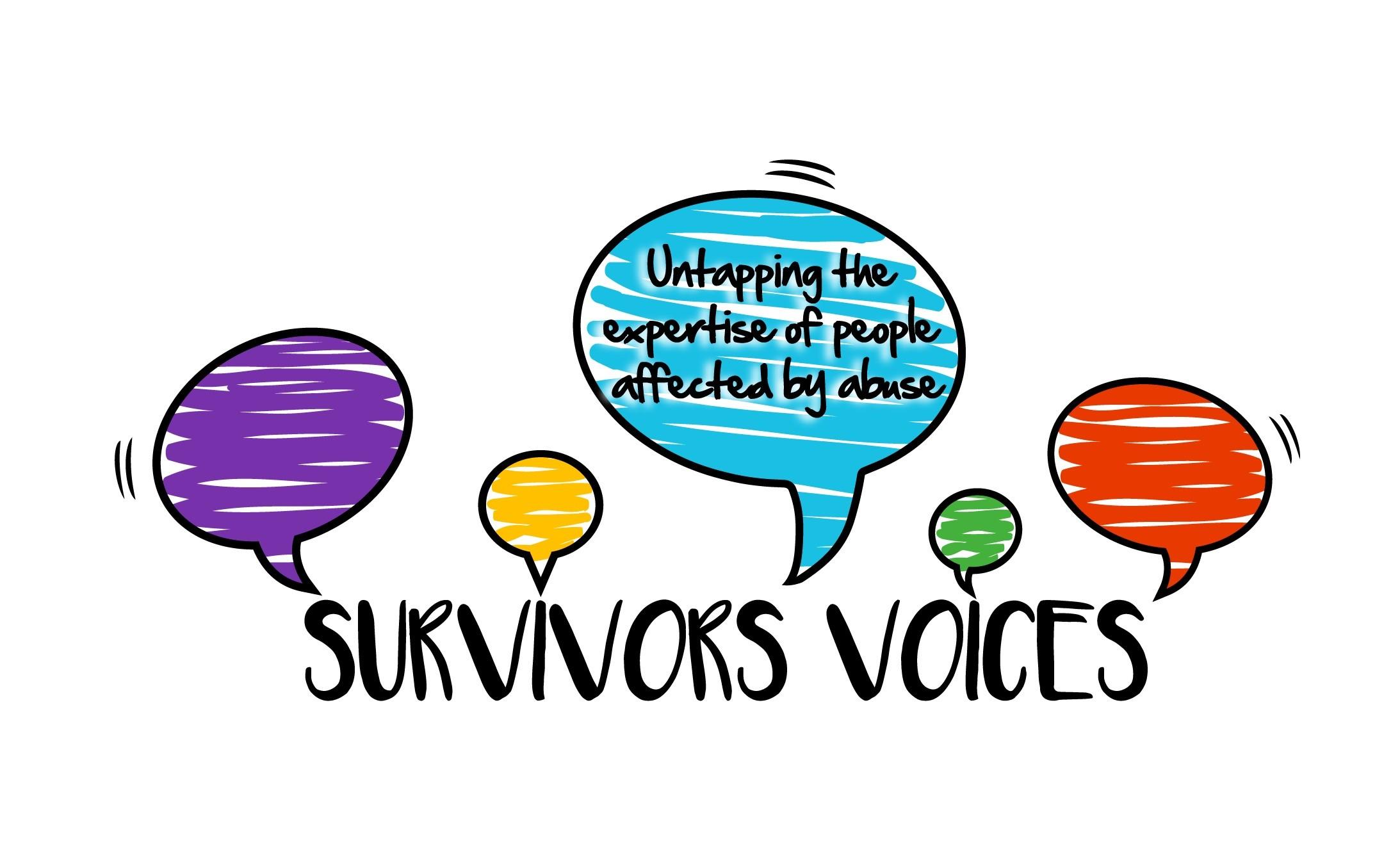

A collection of 46 inspiration and practical stories from women on the water

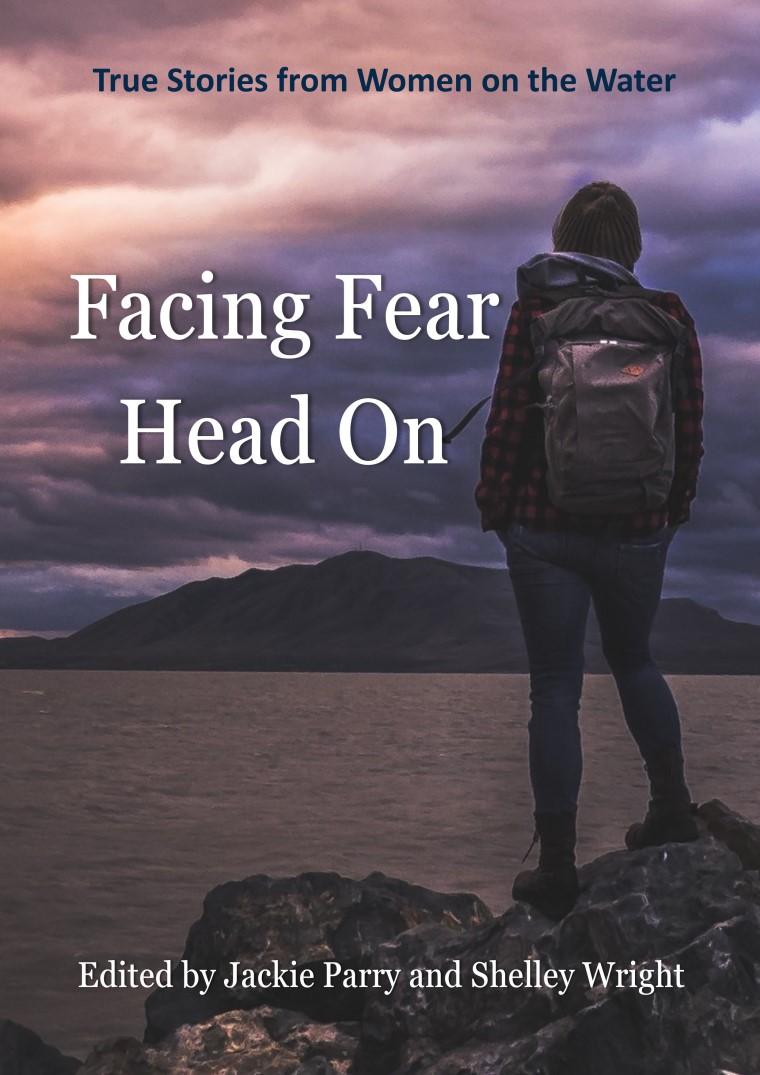
http://geni.us/AkM6M1x










